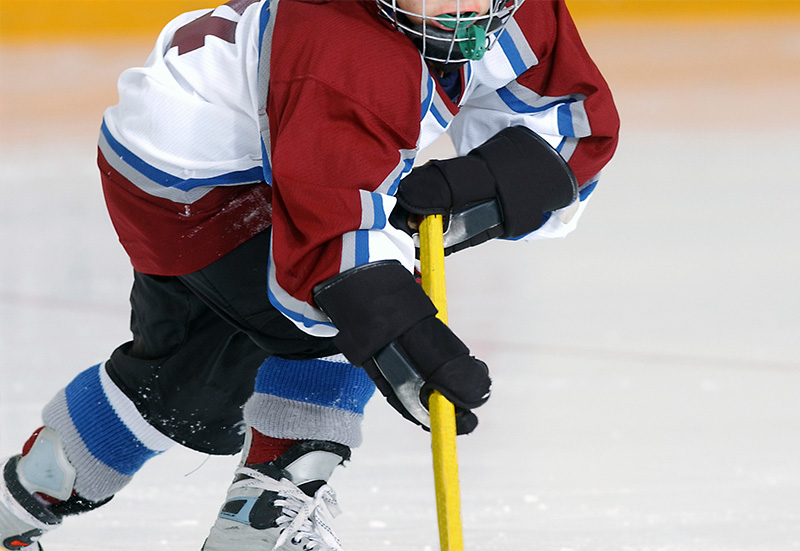BC Hockey makes incremental Long-Term Athlete Development progress
 When you’re first teaching children how to play hockey, it doesn’t make sense to use the entire rink. The kids aren’t ready for it yet, and it’s simply too big. That’s why BC Hockey began incrementally adapting their program to follow Hockey Canada’s Long-Term Athlete Development model, based on the framework introduced by Sport for Life, going against traditional methods to maximize participation and skill development.
When you’re first teaching children how to play hockey, it doesn’t make sense to use the entire rink. The kids aren’t ready for it yet, and it’s simply too big. That’s why BC Hockey began incrementally adapting their program to follow Hockey Canada’s Long-Term Athlete Development model, based on the framework introduced by Sport for Life, going against traditional methods to maximize participation and skill development.
“Hockey BC’s board of directors took the initiative provincially in 2016 through our annual meeting process to get out ahead of the national mandate. We decided as a provincial sports organization to mandate the first step within our new model right away,” BC Hockey’s Vice President of Programs Sean Raphael told Sport for Life.
“We were looking at our novice category, primarily at changing the playing and learning environment to cross-ice, or half-ice, which has the added benefit of being an economical use of facilities, in addition to scaling the sporting environment for the young participant and maximizing their participation.
This new model sees players skating from one sideboard to the next, playing games that help them explore their spontaneity and spatial awareness. There are few rules or tactics during this stage, and nobody is keeping score. All of this makes the experience appropriate for the age group involved, and ensures they remain engaged into their older years. More puck time, more time skating, more decisions, more passes, and more fun!
Tweaking the programming for the novice players is only the first step in a project of much grander scale: overhauling the whole system, top to bottom, starting from the youngest and working to the oldest. The latest step is an Atom level pathway, which is being rolled out as a pilot and will be nationally mandated by September 2020.
“There’s a lot of philosophical change involved in this, and typically people are resistant to change. But we figured with this incremental approach, instead of doing a huge overhaul all at once, we’d have the best chance of working collaboratively with our membership to foster buy-in,” said Raphael.
“There’s a lot of traditional thought processes in hockey culture, and many people feel that things have always been done a certain way and there’s been a success to it. But at the same time we can sometimes lose sight of the bigger picture and it is important to embrace new ideas.”
The way Raphael imagines it, we’ll be studying the successes of this institutional makeover to see the impact on an entire generation of kids. That information will be crucial for organizations as they make decisions moving forward.
“Overall Long-Term Athlete Development is a general concept that doesn’t just apply to hockey, it applies to all participants’ lives and their physical development. It may differ from one sport to the next, but I think the general concept of developing the overall athlete is a good place to start.”
Sport for Life CEO Richard Way is thrilled at the innovative ways BC Hockey has engaged with the LTAD framework, and applauds their accomplishments so far.
“BC Hockey is a great example of the work being done across the country to throw off the traditions of the past and to embrace a new philosophy of sport that is centered on the participant. They are creating a whole new generation of hockey Canadian players that will be more active as they will not be sitting on the bench,” he said.
“They will have more touches on the puck to develop skills, along with making more decisions and becoming smarter. Most importantly, a lot of great memories.”

